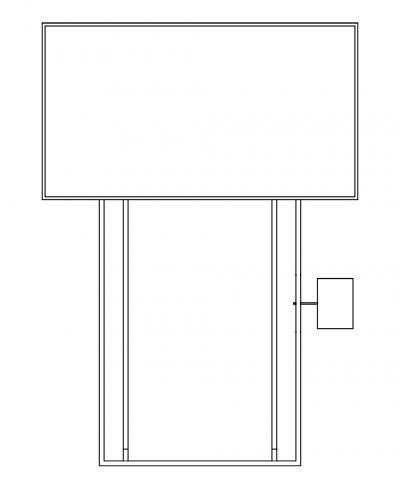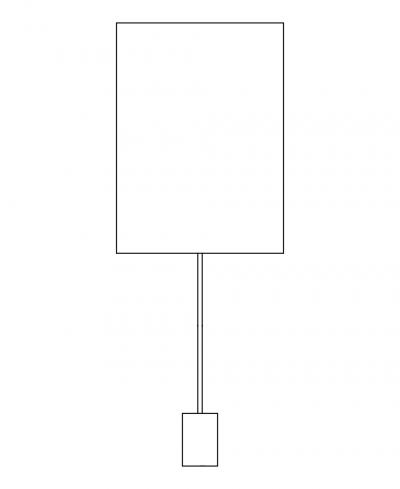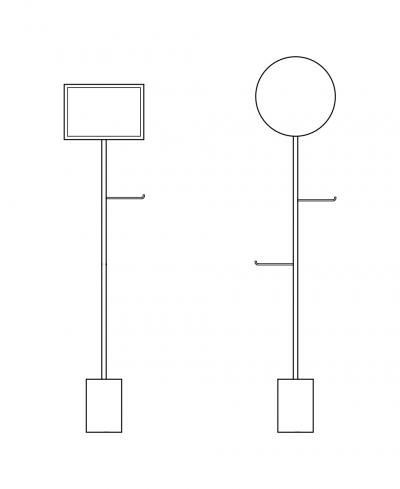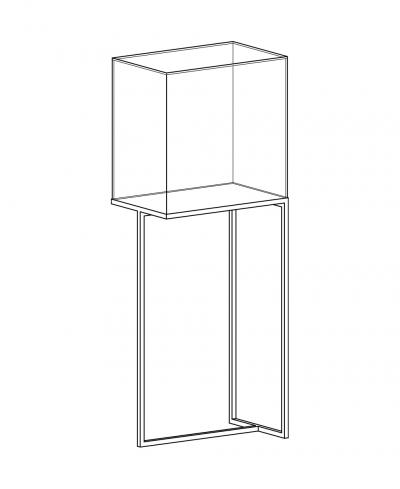Lichtungen
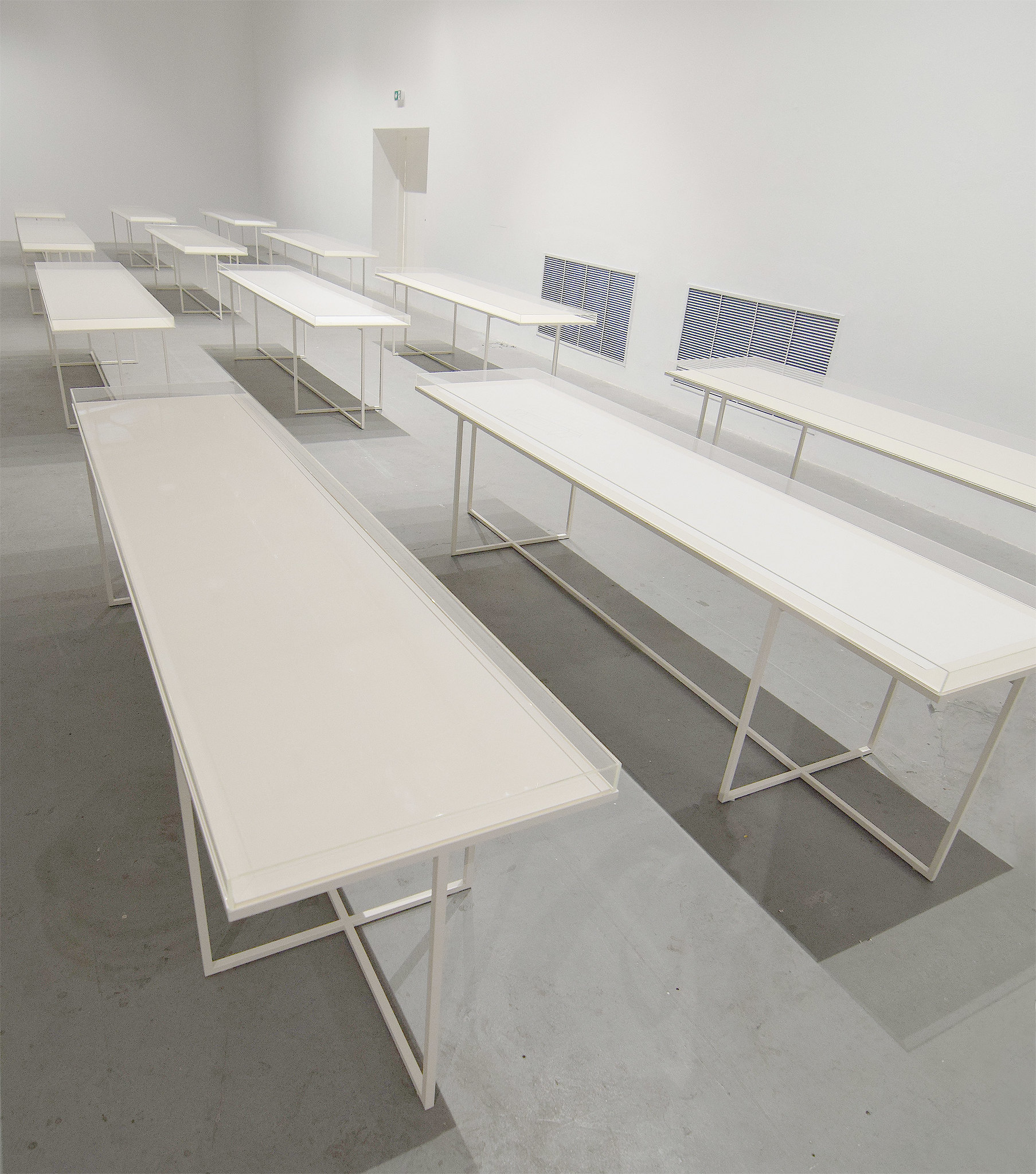
Hi Monika, I was pleased to see you again the other day; the frame was relevant. Your email intrigued me, I was thinking about it and this is why I did not answer you immediately.
Thank you for all this "group of important works" you relate to the ghost power of the vitrines; they are emblematically not meant to be ever really present. But the position of their specific absence can form a question and a direction for further investigation. I was always captivated by the power of these invisible animals of a show and wondering how I could animate this spirit they always have by staying absent in the most visible spot of shows. This is maybe the heart of their strange significance, that they do not belong to any heart of significance. They cannot be there as such; but they are still proposing a possible gesture or a mechanism of showing as a necessity and as a trap.
A vitrine is the object par excellence that is not supposed to exist "per se", it is not supposed to be itself. It serves something to be shown. But what and why? And is it possible to show anything without a vitrine, a frame of presentation? Can we ever show something as it is without a gesture organizing a view in the sense that a vitrine makes this operation of showing explicit?
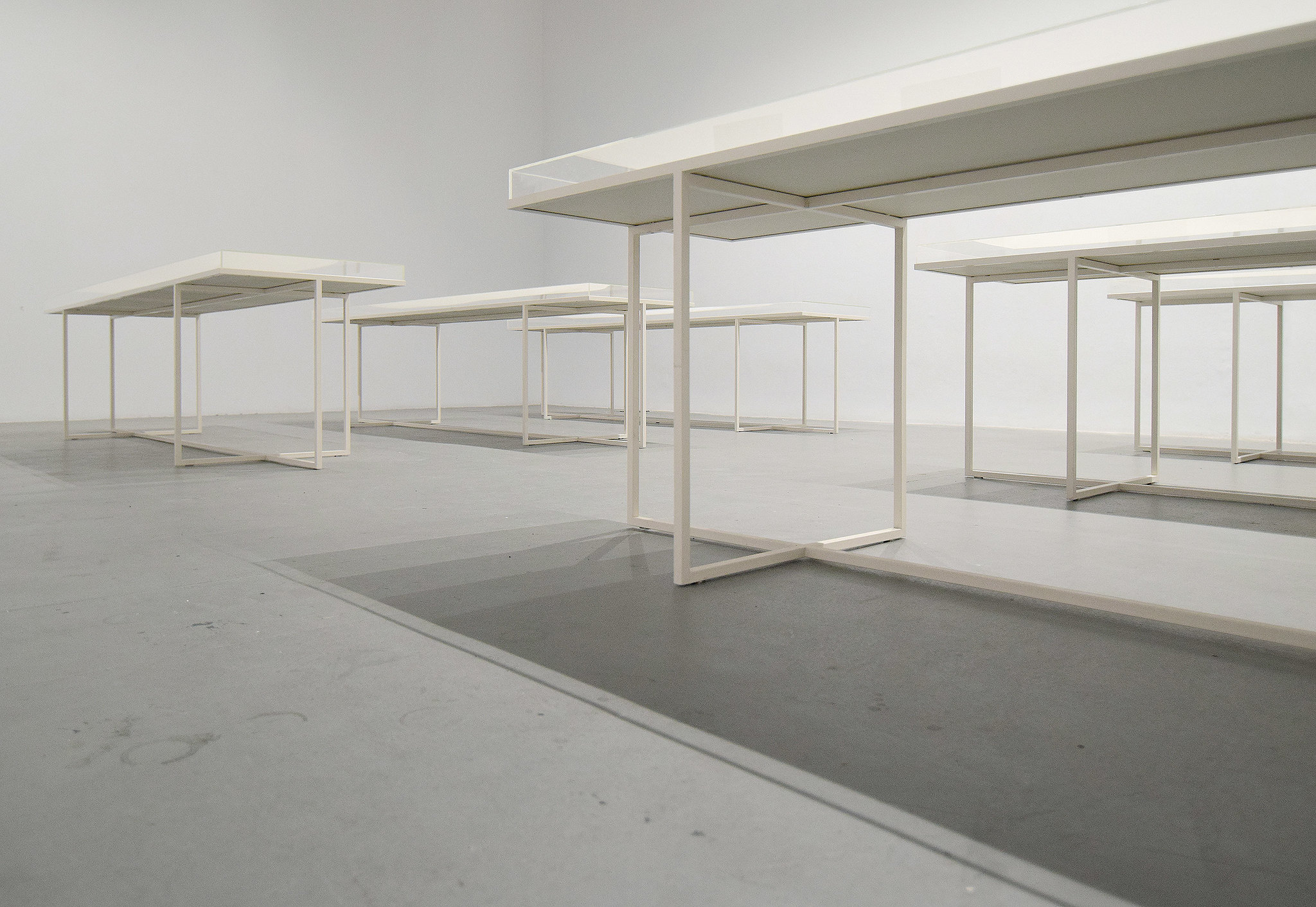
For every system of objects I produced for d14 there is an expected transformed perverse second life and a series of protocols on which every system of objects is supposed to obey. This does not mean that the objects are transformed into works of art transgressing the limits of what they were constructed for and being suddenly glorified as works of any kind of pure art; their banality is not totally hypocritical. But they are poisoned objects; they can still act as helpers of showing stuff in the intermediate states of their life stabilizing once more works they can host. Seemingly more important than in this role as helpers, they are also meant to stop their life as "objects of help" to make us imagine the role they play manifesting the structure they embody. So -concerning the vitrines- in between their role as functioning showcases they can perform differently claiming the right to institute and comment the social role which is made for them. We did a lot of discussions together and I am now in position to confess you that I believe there is an inner sin into showing. It is not something to be avoided, it is a sweet and happy sin since it for us it is mostly related to an art of showing the other. The first protocols of these vitrines depends to the concept of showing the other. But through the sole action of showing the other we risk to operate and fail. How the other is captured and justified in a vitrine? Is this position possible? From a task which would be "how to show correctly the other?" we pass to a very different target: to show "how the other suffers into being shown", "how the unjust suffers into being shown?", "how does showing interfere to the other and his or her misfortunes?". Far from being a bureaucratic question this question delves directly into the structure of the unjust. Before anything else the unjust can be transformed to a show; it has a spectacular side. From which we can lament the impossibility of being just to the unjust. We have always to perform the unjust as a show to protect the other when found in injustice. The performance of a vitrine but also the act of showing is not univocal, it is subject to an elaboration that includes so many versions; But it is also always related to this finger showing something from which it can so difficultly be severed. We always try to show in a way that the shown is not exactly exposed in a crude way but we are always in this paradox of the showcase; if what is shown becomes explicit we fail through the fact per se of objectifying the other as a spectacle; if we do not succeed to show the other because of our subtle way of presenting the other (too subtle to be shown) we fail to work against the unjust character of the position of the other.
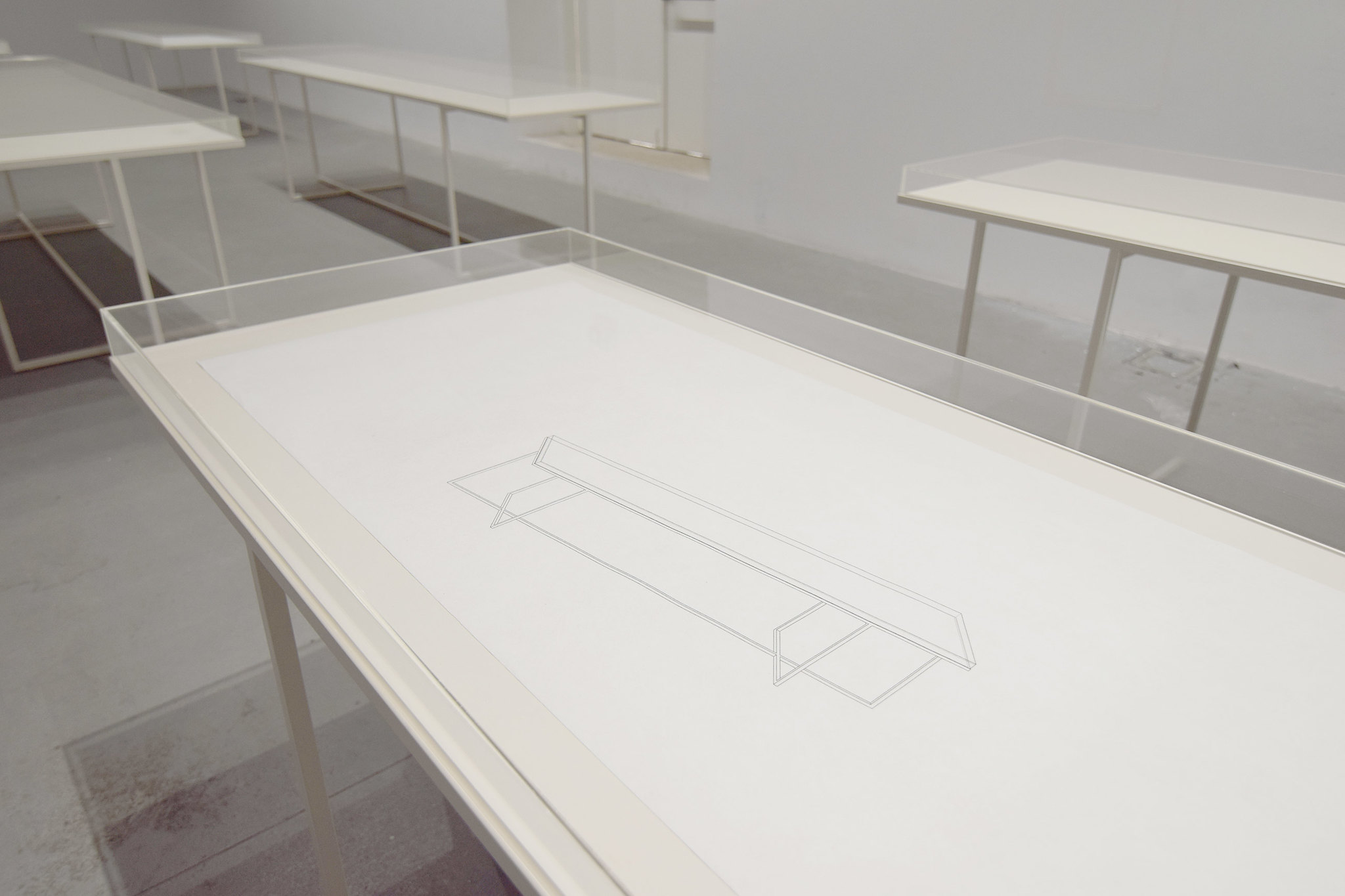
My question for the vitrines would be: is there a series of protocols which could guarantee this impossible balance between the other suffering as the object of a show and the other disappearing from the showcase while the other was the reason for which a vitrine was constructed?
Excerpt from the correspondence with Monika Szewczyk, July 13, 2018.
Photos: Lichtungen 1, installation of 12 vitrines at the show Acropolis at the Bottom, Athens School of Fine Arts, 2018.

